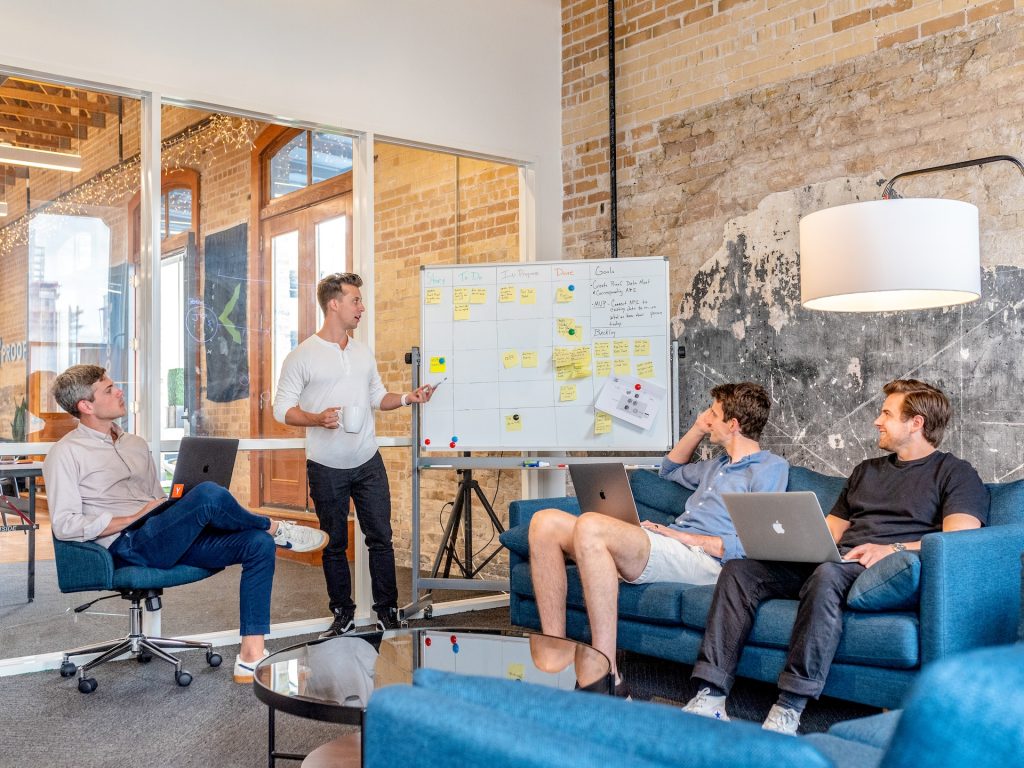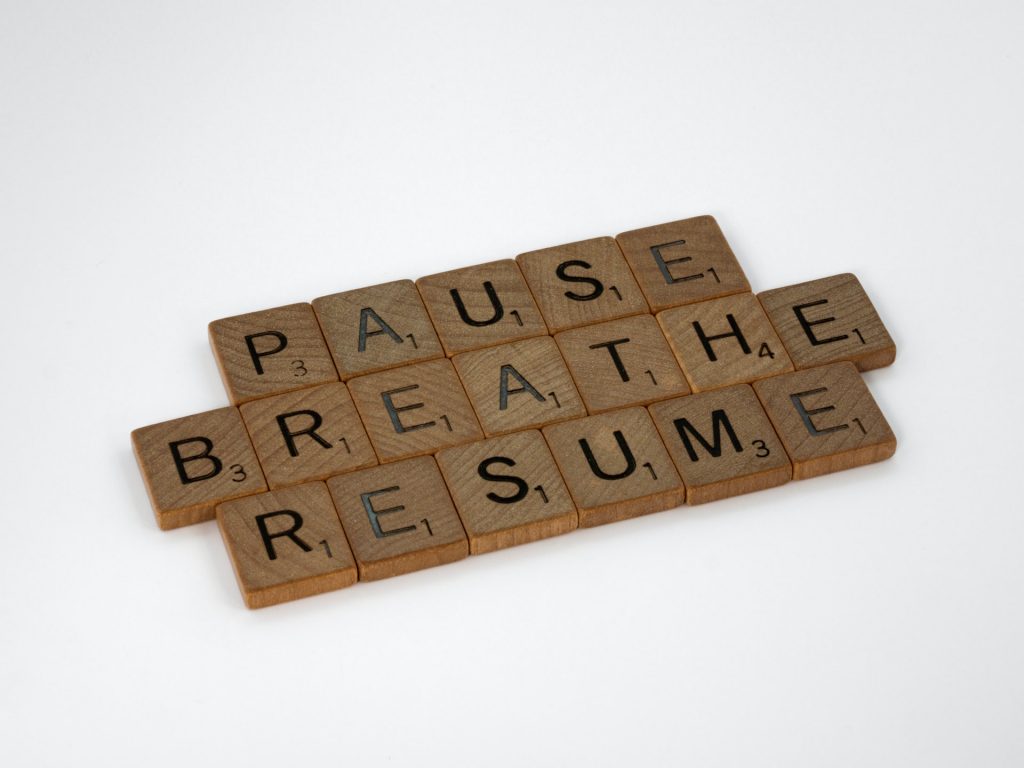
GUEST POST from Janet Sernack
We live in a world, with less stability, certainty, simplicity, and predictability, where regional conflicts, societal divisions, and civil unrest have increased globally. Simultaneously, technological-induced disruptive innovations and the climate crisis impact every aspect of our daily lives. This means that we live in an age of overwhelm and a world of unknowns, requiring us all to know how to uncover and eliminate our individual and collective blind spots, to be adaptive and innovative. By thinking and acting differently about leadership and innovation, we can all grow, survive, and thrive within it.
This a moment in time that calls for leaders to boldly and courageously, step up, shift out of any myopic, reactive, cost, and short-term focus, and develop their leadership consciousness. By taking personal responsibility, and being accountable for owning and shifting their interior state or inner being, to eliminate flaws, maximize core strengths, and build confidence, capacity, and competence to adapt, innovate, and grow through disruption.
To refocus on developing future-fit systemic and innovative solutions, that add real value in ways that serve and sustain people, profit, and the planet, differently.
Leadership is in crisis
We are experiencing a global leadership crisis.
Many leaders, in the corporate sector, and national and international institutions have become increasingly reactive. In ways that are passively or aggressively defensive, egotistic, and often self-serving. By vacillating between political correctness, denial, justification, and avoidance – and between attacking, shaming, and blaming groups, individuals, and nations for the current state of social unrest, political chaos, cultural divisions, and regional and religious conflicts.
- Hitting a pause button
The missing key element is the leadership consciousness required in taking the time to pause, retreat (step back), reflect, and explore the deep causes, current implications, and nature of challenging, complex, and systemic problems.
Leaders are obliged to step out of their habitual comfort zones and boost their ability to bravely make sense of what is going on – and develop the foresight skills to risk mitigate and identify the most intelligent actions that will deliver high-value and high-impact outcomes that serve people, profits, and the planet.
To uncover the repetitive mindsets and behaviors that keep on producing results that no one wants, by bravely exposing and eliminating their leadership blind spots.
Leadership blind spots
We know that most of the innovative solutions to the complex challenges we face already exist.
To unleash these desirable, value-adding, and innovative solutions, we need to empower, enable, and equip leaders to bravely and safely expose and eliminate their largely, unconscious and unknown leadership blind spots. These exist in our individual and collective leadership, they also exist in our everyday team and social interactions.
Because most leaders are smart and know what to do, and how to do it, identifying and eliminating any leadership blind spots will enable them to do it better.
Yet, despite, in many cases, years of leadership training they are at risk of being perpetually reactive, unfocused, overcome with “busyness” and addicted to the tasks involved in “getting stuff” (usually the urgent “small stuff” and not always the “important stuff”) the done.
As defined by Dr. Karen Blakeley in “Leadership Blind Spots and What to Do about Them,” a blind spot is “a regular tendency to repress, distort, dismiss or fail to notice information, views or ideas in a particular area that results in an individual failing to learn, change or grow in response to changes in that area.”
- Source of leadership blind spots
The majority of leaders are mostly blind to the Source from which they operate. This is often because many do not have the self-awareness and emotional intelligence to manage and self-regulate any of their unconscious un-resourceful emotional states, mindsets, and behaviors.
Leadership Consciousness
“An ordered distinction between self and environment, simple wakefulness, one’s sense of self-hood or soul explored by “looking within”; being a metaphorical “stream” of contents, or being a mental state, mental event or mental process of the brain”.
- Igniting the brain
Leadership blind spots are typically contained in our neurology and can be exposed and eliminated by:
Paying attention to their three core neurological levels and being intentional in cultivating their leadership consciousness.
When engaged in a coaching partnership, a leader can learn how to shift, self-regulate, and self-manage at all three levels to effectively eliminate their flaws, and learn how to think and act differently in delivering successful transformation and change initiatives.
Power of Coaching Intervention
A coach is an external disruptor who seeks to bring out the best in a leader, tap into and maximize their potential, and adds value by facilitating deep, insight-based learning processes, that shifts mindsets and result in sustainable behavior change.
Coaching helps smart people be and think beyond who they are being and beyond what they are thinking now. In ways that can empower, enable, and equip leaders to adapt, innovate, and grow, cultivate their imagination and creativity, to think and act differently in an unstable world.
This enables them to develop and implement systemic and innovative solutions in a timely way and at scale.
- Noticing, disrupting, disputing, and deviating
Coaches partner with leaders to enable them to notice, disrupt, dispute, and deviate by accessing and harnessing resourceful emotional states, and mindsets. Coaches safely explore the “boxes”, thinking, or the “stories” a leader may have been unconsciously living within, and constricted by.
Because we can’t solve the problem with the same thinking that created it in the first instance.
Especially in a 21st-century world where developing leadership consciousness enables us to adapt, innovate, and grow by:
- Reducing our brain’s ability to hijack us when doing its best to constantly keep us safe from danger,
- Letting go of old pervasive Industrial Age mental models and perspectives, especially around cost and efficiency,
- Relearning new future-fit ways of being, thinking, and acting differently.
And increases our ability to be agile, centered, and focused in thinking faster in the Disruption Age, where technology is accelerating faster than our human brains are.
Upskilling our brains!
A coaching partnership will create a safe and collective holding space to help leaders deep dive into the unknown develop strategies and develop their leadership consciousness in ways that:
- Opens their minds, ignites their imagination, curiosity, and creativity, shifts their perspective, makes sense of things develops a whole systems perspective, and think differently,
- Opens their hearts to become connected with self, others, systems, and with Source, and be empathic and compassionate,
- Opens their will to let go of the need for control, and allows them to deal with paradox and the new to emerge, which can be designed, iterated, and pivoted, in ways that enable them to act differently, in designing and implementing systemic and innovative solutions.
Closing leadership blind spots to adapt, innovate and grow
A coach empowers, enables, and equips a leader’s capacity, confidence, and competence, to identify and close their leadership blind spots, be in charge of their minds, and think and act differently, to adapt, innovate, and grow in times of great uncertainty.
To convincingly work with, and flow with both their peoples overwhelm, and with the constraints in the external environment by:
- Developing an awareness of their neurological RIGIDITY which exists within their emotional, cognitive, and visceral states, in turn, impacts their ability to mobilise, focus, and engage their efforts.
When a leader has a blind spot in this area, they may demonstrate rigidity, or functional fixedness, resulting in an inability to mobilise, they will be withdrawn, reactive, and become overly passive or even aggressive. Because they are unconsciously at the effect of the “mental blocks” resulting from unacknowledged fears and anxiety.
- Developing their neurological PLASTICITY and flexibility to be able to attend to, regulate, and focus their thoughts, and feelings, and be grounded, mindful, present, and intentional in taking intelligent actions.
When a leader has a blind spot in this area, they will not be able to access their brain’s ability to change, reorganize, or grow new neural networks, learn, adapt, and become resilient. They will not develop the agility required to shift mindsets or behaviours, or even learn the new skills that will equip them to be future-fit and deliver the results they seek.
- Generating the critical and creative thinking, problem sensing, and solving skills required to improve their leadership consciousness and GENERATE their crucial elastic thinking and human skills required to see, think differently in solving complex and wicked problems, be future-fit, and lead others to thrive.
When a leader has a blind spot in this area, they will take a conventional and linear approach to decision-making problem-solving, and team development. They will safely stay stuck in what they know, even though what they did in the past may not have worked.
Adding value to the quality of peoples’ lives
If we keep on trying to solve the problem with the same thinking (and neurological state) that created it, we will continue to reproduce the results no one wants.
We will not be able to shift beyond what we think now, nor will we connect, export, and, discover the crucial new horizons we need to emerge to develop and implement the systemic and innovative solutions, in a timely way and at scale, that the world needs right now!
Imagine if leaders truly and deeply committed to cultivating their leadership consciousness, and make the time and space to eliminate their blind spots, how peaceful and harmonious the world could become!
If leaders could learn how to think and act differently, focus on adding value to the quality of people’s lives in ways they appreciate and cherish, and contribute to the common good, to serve all of humanity, how people, profit, and the planet could flourish.
Find out more about our work at ImagineNation™
Find out about our collective, learning products and tools, including The Coach for Innovators, Leaders, and Teams Certified Program, presented by Janet Sernack, is a collaborative, intimate, and deeply personalized innovation coaching and learning program, supported by a global group of peers over 9-weeks, and can be customized as a bespoke corporate learning and coaching program for leadership and team development and change and culture transformation initiatives.
Image Credit: Pexels
![]() Sign up here to join 17,000+ leaders getting Human-Centered Change & Innovation Weekly delivered to their inbox every week.
Sign up here to join 17,000+ leaders getting Human-Centered Change & Innovation Weekly delivered to their inbox every week.


 Drum roll please…
Drum roll please…





